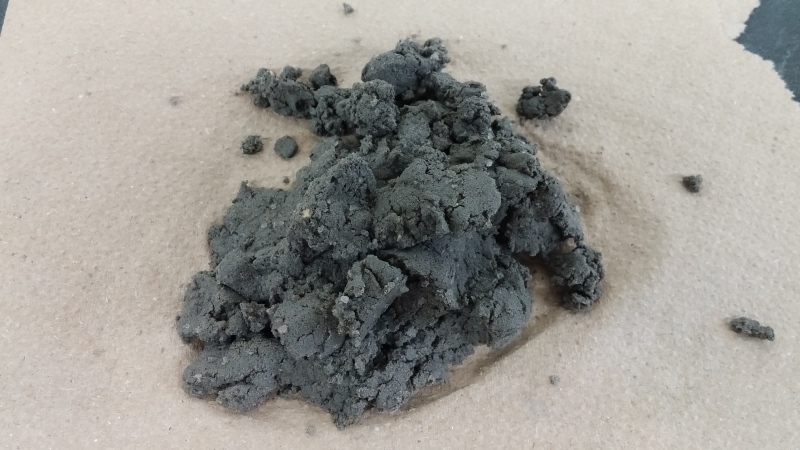Hi, we work on solidification of liquid waste, and we are looking for potential ways of using our solidified material. We get asked about the compactibility of our material very often, but I do not have expertise in this field and was hoping to get some help. The material that we end up with is not like a soil where you can dry it, add moisture back, and do a proctor test. The material that we have would form clumps when dried. and it does not rehydrate like a soil would. This solidified material will pass paint filter test and is typically landfilled, but it would be great if we can use it as backfill or something so that it's not going to waste. We have another reagent that can turn the liquid waste into a paste like material (like working cement) and becomes hard after it dries. However, I don't know what specs there are to allow us to use this material for other purposes. For example, would it be helpful if we tested the compression strength and said "our material, once dried, can withstand a compression force of X PSI"?
Anyway, I may not have been super clear with my question, but any advice and further discussion would be greatly appreciated!
Anyway, I may not have been super clear with my question, but any advice and further discussion would be greatly appreciated!

